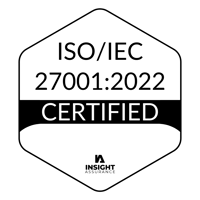
Over the past week, we have been looking at how nonprofits can prepare for the 2016 healthcare renewal season (which goes into effect November 1), specifically with regards to compliance, cost, and employee needs. In this post, we will discuss innovative approaches to health coverage that can actually reduce costs while still offering rich employee benefits.
It’s widely known that health insurance premiums will escalate in 2016 due to the fact that insurance carriers now have more concrete claims data than when the ACA first went into effect. As a result, double-digit increases are the reality. But rather than roll over and accept these financial dire straights, new coverage models are cropping up to support organizations who want to offer quality employer healthcare without exhausting the bulk of their budget.
- Partially self-funded insurance: Partially self-funded group health insurance combines a high deductible health plan (HDHP) managed by an insurance carrier with a group reimbursement account managed by the employer. Organizations pay less for coverage and take less financial risk, but also can customize additional offerings and satisfy employee deductibles and copays. In the end employees receive improved benefits and employers can save up to 12.5% annually in healthcare expenses, which can then be reinvested back into the organization.
- Health Reimbursement Arrangements (HRAs): HRAs are pre-tax funds that cover eligible out-of-pocket expenses for each employee. HRAs do not replace health insurance, but rather are considered a supplement (e.g. to a HDHP), and are completely funded by the employer. Ultimately HRAs lead to annual savings, greater transparency for employers and employees, and more customization. The option to roll over funds annually is up to each employer but a key benefit for carryover is that employees can access these funds post-retirement.
- Innovative broker approaches: Shifts in the healthcare industry mean opportunity for innovation, and non-traditional brokers such as Nonstop and Zane Benefits are becoming a much-needed resource for smaller organizations. Specifically, Nonstop underwrites the risk for partially self-funded insurance coverage, so nonprofits can take advantage of improved benefits and vast savings (see above) previously only available to larger organizations.
For more questions about creative approaches to group healthcare that are in compliance with the ACA andsave you money, please contact us.

.png?width=1501&name=Nonstop_Logo-22-Horizontal%20(2).png)


